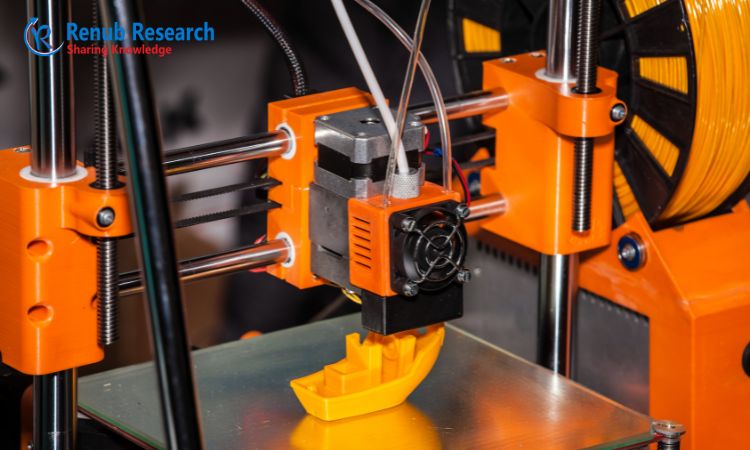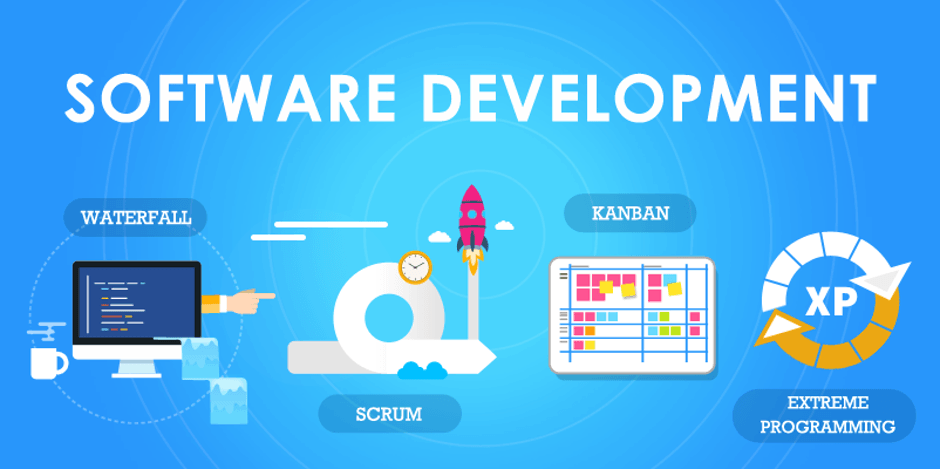The interaction between humans and machines is gaining unprecedented sophistication in our rapidly advancing technological landscape. With HMI, these interfaces are paramount in facilitating communication between humans and automated systems, playing an increasingly vital role across industries. From their inception as basic mechanical switches and levers, HMIs have transformed into highly advanced digital interfaces. This evolution has enhanced user interaction and significantly boosted numerous systems’ operational efficiency, driving productivity to new heights and setting the stage for future advancements.
The historical journey of HMIs underscores their vital importance today. Initially comprising simple mechanical inputs, HMIs have evolved in parallel with technological advancements, becoming integral to modern life. This journey has seen HMIs grow from rudimentary controls to sophisticated touch screens that support multi-touch capabilities, laying the groundwork for even more interactive systems in the future.
The Evolution of Touch Panel Technologies
The path of touch panel technologies is rich with innovation and remarkable advancements. Initially, touch screens were seen as high-tech novelties with limited practical application. However, they have since become a staple of modern technology, embedding themselves into the very fabric of everyday life. Early touch panels utilized resistive technology, which required physical pressure to register user input. Over time, capacitive technology largely replaced this, allowing multi-touch functionality and enabling new interactive possibilities.
The technological milestones in touch interfaces illustrate the rapid pace at which touch panel technology has evolved. It has steadily transformed from basic tools into complex devices capable of supporting intricate software applications, thus tangibly enhancing user interactions across various platforms.
Key Features of Modern Touch Panels
Modern touch panels boast features that were once the stuff of science fiction. Multi-touch capabilities allow users to execute complex gestures like pinching, swiping, and rotating, providing a seamless and intuitive user experience. Haptic feedback further enhances this interaction by simulating tactile responses, giving users a sense of physical interaction with digital interfaces. This feature has become particularly valuable in high-precision applications like medical equipment and design software.
Furthermore, the distinction between capacitive and resistive screens remains essential for manufacturers and developers. Capacitive screens respond to touch conductivity and are favored for responsiveness and clarity. In contrast, resistive screens depend on pressure and are often chosen for environments with critical durability and resistance to environmental factors like dust and liquid spills.
Applications Across Various Industries
Due to their versatility and adaptability, touch panels have become integral across various sectors. Touch panels are essential in controlling machinery and optimizing production lines in manufacturing and automation. Their intuitive interfaces offer operators a comprehensive view of processes, enhancing operational efficiency and safety.
Touch technology is pivotal in patient care and medical diagnostics in the healthcare industry. From facilitating patient registration to assisting in complex diagnostic procedures, touch panels help streamline operations, reduce the likelihood of error, and enable healthcare professionals to focus more on patient interaction and care delivery.
In consumer electronics, touch screens have transformed the user’s interaction with devices, making technology more accessible and engaging. From smartphones to home appliances, touch panels have become integral to daily life, enhancing functionality and user satisfaction.
Benefits of Implementing Advanced HMIs
The implementation of advanced HMI offers a multitude of benefits that extend beyond mere aesthetics. One of the primary advantages is the significant improvement in operational efficiency. HMIs streamline processes and facilitate faster information flow, directly impacting productivity and cost reduction.
Moreover, advanced HMIs enhance user interaction, making technology more accessible and responsive to user needs. This increases user satisfaction and engagement, particularly in consumer-facing technology. Additionally, advanced HMIs can drastically improve system diagnostics, making identifying and resolving issues easier, thus minimizing downtime and maintenance costs.
The [improvement in system diagnostics enabled by advanced HMIs exemplifies these interfaces’ transformative potential across diverse sectors, including industrial settings and consumer technology markets.
Challenges Facing Touch Panel Adoption
Despite their extensive benefits, there are challenges to the widespread adoption of touch panels. One significant barrier is the initial cost, which can be prohibitive for small businesses or industries operating on tight budgets. The investment required for implementing touch panels can be substantial, but is often offset by long-term efficiency and productivity gains.
Another challenge involves compatibility issues with existing systems. Older infrastructures may require significant updates or replacements to integrate new touch technology effectively. This task can be daunting for organizations, requiring careful planning and resource allocation.
Nonetheless, technological advancements continue to address these challenges, making touch panel adoption more feasible and attractive for a broader range of industries.
Future Trends in Touch Panel HMIs
The future of touch panel HMIs is poised for exciting developments. Emerging trends indicate that artificial intelligence (AI) and machine learning will play significant roles in the next generation of touch interfaces. These technologies can provide predictive insights and personalized experiences, enhancing user interaction and satisfaction.
Furthermore, integrating augmented reality (AR) into touch interfaces presents the opportunity for immersive experiences. This trend is particularly promising in training and educational environments, where AR can simulate real-world scenarios, enhancing learning outcomes.
The growth of the Internet of Things (IoT) offers another promising avenue for touch panel development. Interconnected devices create more comprehensive and intuitive systems. This interconnectivity will facilitate seamless data exchange and responsive interaction, transforming users’ engagement with technology.
Conclusion: The Path Forward for Touch Panels
The scope and influence of touch panel technology are vast and continue to expand, playing a critical role in modernizing and enhancing the way humans interact with systems. As we move into the future, touch panels are expected to become even more integral, influencing industries ranging from healthcare to consumer technology.
The future promises exciting advancements, with touch panels on track to redefine human-machine interaction and drive innovation across various fields. By harnessing the power of advanced touch technology, industries can expect improved efficiencies, higher user satisfaction, and greater technological integration, paving the way for a future where technology is truly at our fingertips.




